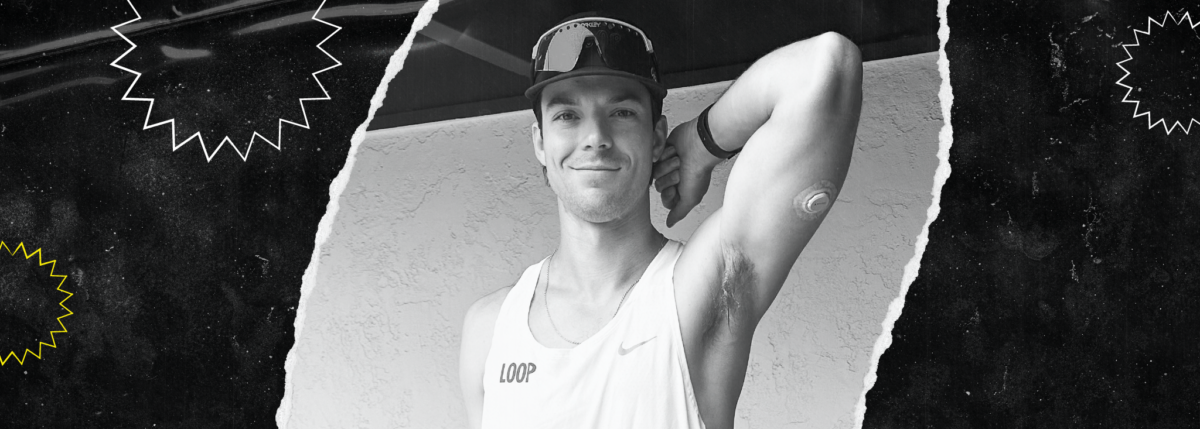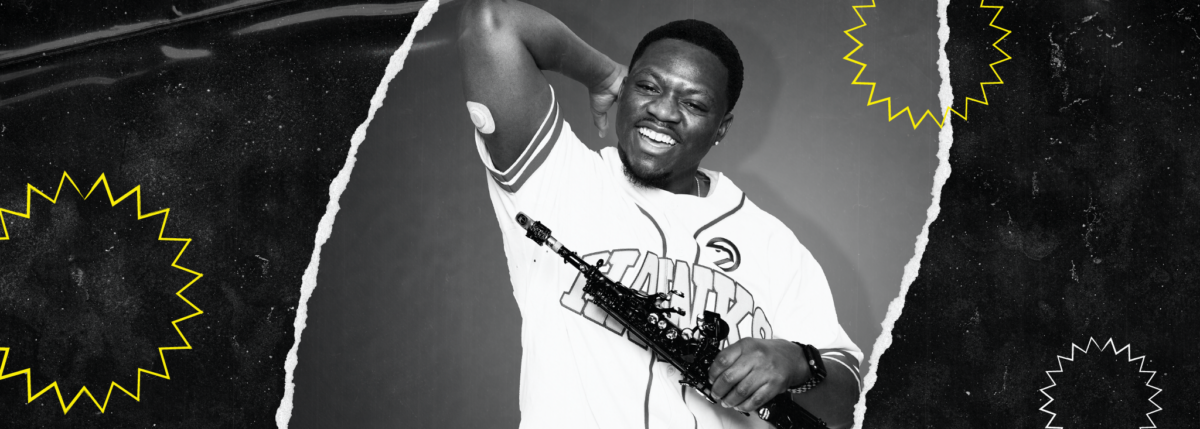After They Took My Pancreas
Written by: Wanda Morrow Clevenger
3 minute read
September 29, 2016
I didn’t start out a person with diabetes. Didn’t have to run to the “ladies” ten times a day. Wasn’t constantly thirsty. There were no prophetic symptoms I had ignored out of ignorance or indifference. The word diabetes was as foreign to me as hyperglycemia, hypoglycemia, A1C, blood sugar meter, lancets, Lantus, pin needles, necrosis and a dozen other frightening, confusing words I would very soon experience horrifyingly up close and personal.
I was a relatively normal, relatively sane woman. I had written a book, sales were high and steady for a first-time author. I had almost gotten over open mic stage fright. I had managed to raise myself a couple of inches above mundane and it felt freakin’ great. Except for a sharp pain in the upper right area of my back.
I hadn’t been to a primary care doctor for close to six years. Hadn’t even had a cold that I could recall. I was disgustingly healthy for my age. There was the one prior x-ray all those years ago confirming normal onset arthritis in my knees. But hey, I was 50 going on menopause—hot on the trail of the arthritis thing was the full-blown lady parts jumping ship in search of the long lost youth thing.
I found I could only fry one chicken at a time. I thought the pain in my back was just the arthritis staking out new territory. After a few weeks of grousing to my husband, the pain became more than I could bear. So much more that I didn’t feel up to a month’s wait for an appointment and a 45-minute drive to my primary care doctor I hadn’t laid eyes on for six years. I made an appointment with a doctor closer to home.
This is when everything started to get ugly.
After a three-second look at my sore back and a 15-second look at the computer screen, the new doctor sent me home with a purse-load of meds. I joked on Facebook how I was taking 15 pills a day and should rattle when I walked. Within two days one red bump appeared on my back in the same place as the pain. With timber for a backyard, I immediately thought Lyme Disease. I called the new doctor; his nurse said to come right in. I left the office this time with meds for shingles. Two weeks later I was in the ICU of Springfield Memorial Hospital. I don’t remember much of those nine days but am told I un-intubated myself.
Turns out I had pancreatitis, not shingles. A blood test at the new doctor’s office could have saved a lot of doctors and nurses and emergency room techs and ambulance drivers and my family and myself and my pancreas a lot of trouble. One surgeon said to us, “We surgeons don’t touch the pancreas.” He then took my husband aside and said he operated on the pancreas of a patient two weeks prior and the patient died; my husband should call my friends and family. It appeared I wasn’t long for life and he wanted to make sure history didn’t repeat itself on his watch.
In nine months time, I was on numerous occasions given morphine in the local emergency room, admitted to Memorial Hospital four times, had j-tubes placed in my gut on two separate occasions, had two more surgeries after a specialist was finally called in (one to remove most of my dead pancreas and another to remove the stints from the first surgery). I was questioned—grilled—every single day as to my daily alcohol intake, though no one believed my answers. My sons were questioned as to whether they ever came home from school to find me drunk. And I almost died for real, twice. There was more interest in the “why” I had pancreatitis than treating the disease.
With skin draped bones, when at last released to come home for good, I was given a five-second instruction in the middle of the night on how to stick a syringe into a wad of cotton. I didn’t even comprehend that I had diabetes. That I’d be giving myself injections every day for the rest of my life. I’ll chalk that one up to being in a perpetual state of shock. I was then treated as a type 2 for a time until the metformin didn’t live up to the hype. Not until I was referred to an endocrinologist did my health improve.
Many, many medical mistakes were made by many medical professionals. Professionals that should have known better, should have done better. The ordeal (beginning in August of 2013) has left me gun shy of hospitals, dependent on Ativan, and now a daily user of Vicodin since arthritis meds cause blood sugar spikes.
I will be 61 in October. I often have panic attacks and crying fits. I believe I have post-traumatic stress disorder (PTSD). I am still struggling to find the old me who got lost in the hospital shuffle. When I say I don’t like leaving the house, my mother makes the remark: “You sure aren’t like you used to be.” (I want to scream bloody murder at her but don’t.) I can’t control my moods and emotions. I don’t like to talk about any of it. To anyone. I read articles about how people are coping and thriving and not letting this disease win and I almost hate those happy, adjusted people.
And so I write. I have published 49 poems and short stories about the ordeal I experienced becoming type 1 (and the ensuing domino effect on my husband left out of this article out of respect for his privacy). None of those published works have a happy ending … unless you count that I survived to write them.
Read Wanda’s poems: “We all fall down” and “Highs and lows.”
Read Asha Brown’s How to Survive A Health Crisis with Your Spirit Intact.

Author
Wanda Morrow Clevenger
Wanda Morrow Clevenger is a Carlinville, IL native. Over 386 pieces of her work appear in 137 print and electronic publications. She has spent the past three years writing about becoming a person with type 1 diabetes and its impact on her daily life.
Related Resources
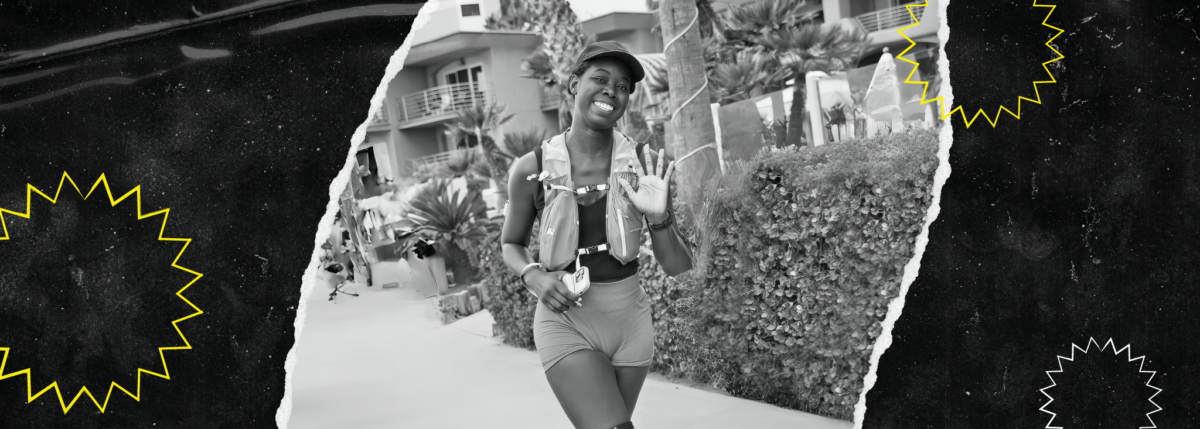
Danica Collins not only prepared for one of the most challenging physical events of her...
Read more
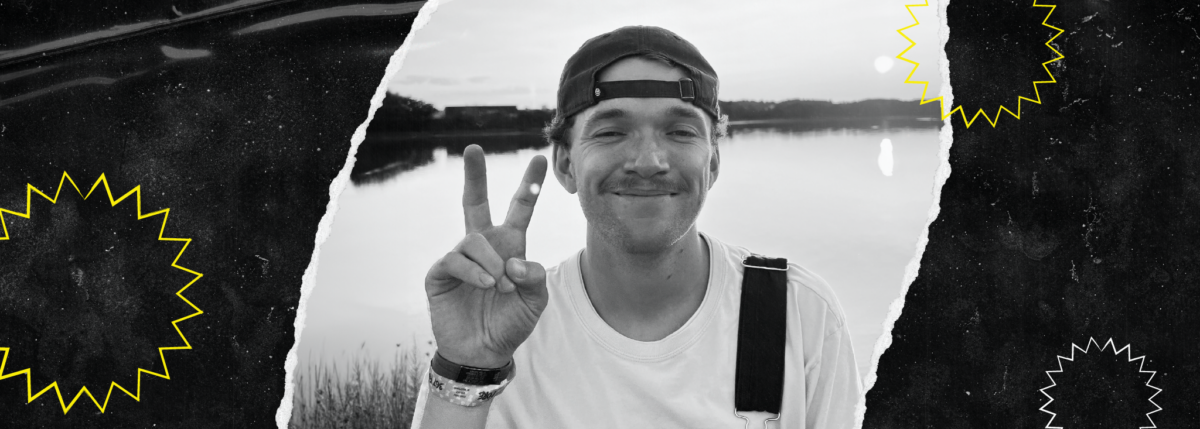
Beyond Type 1 is spotlighting inspiring athletes with type 1 diabetes as they prepare for...
Read more
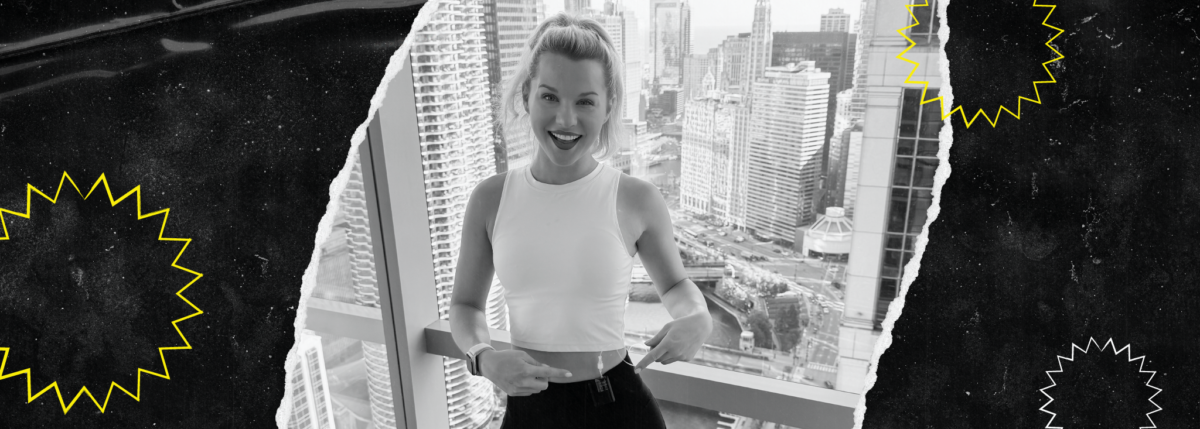
On November 3, 2024, Taylor Rindfleisch of Chicago laced up her running shoes for the...
Read more
